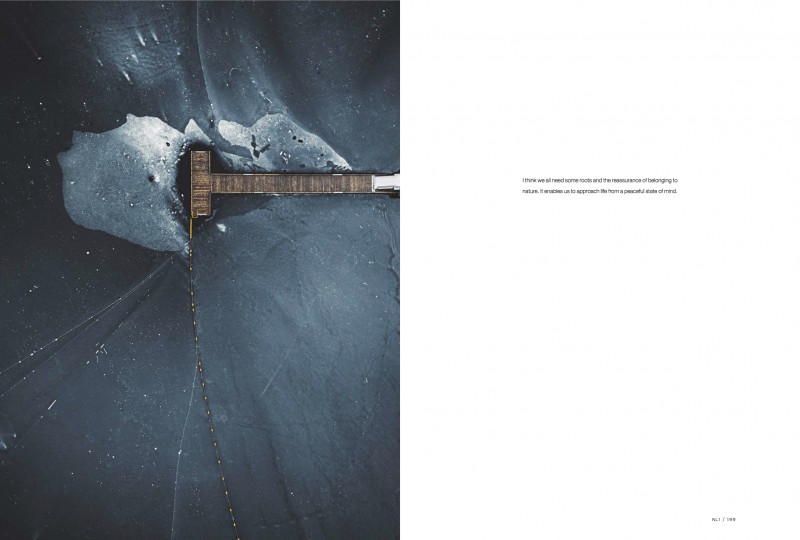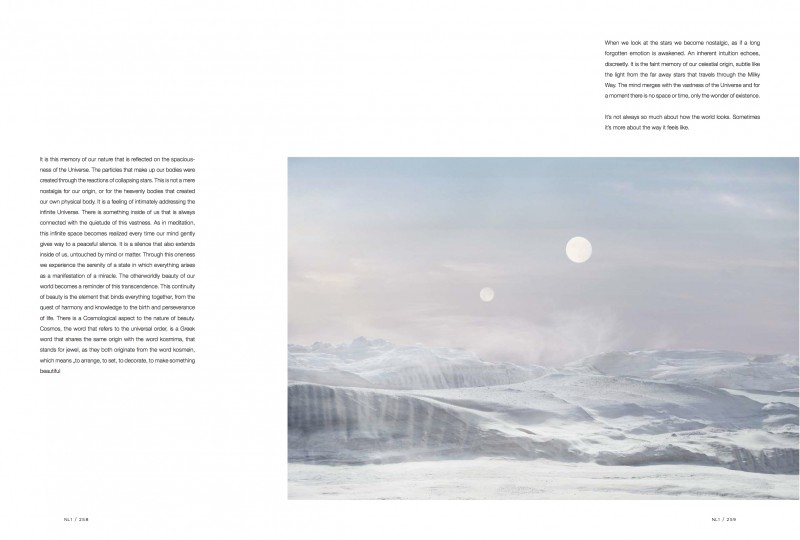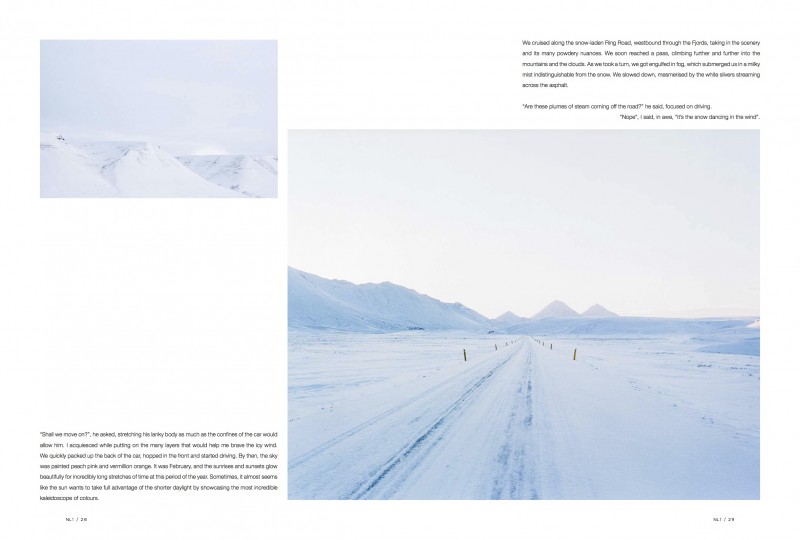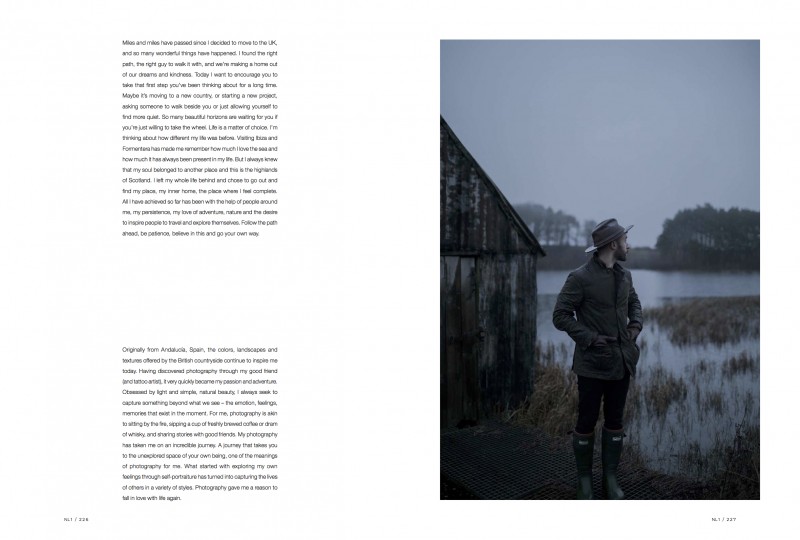In our online Mindfulness Class NL Mindful we use the Breath as an anchor to ground ourselves in the present moment. We call this technique Anchoring. We focus on our Breath, following our whole In-Breath and following our whole Out-Breath. Aware of Breathing in. Aware of Breathing out. So simple, but something we are not used to, as we mainly breathe without being aware of it. We are not maintaining attention in daily life, as we are distracted many times by our thoughts.
Mindful Breathing trains a calm and focused attention, using the breath as anchor to connect with the present moment. We observe turbulences from a distance, rebalancing inside.
„The way out is in“, Zen Master Thich Nhat Hanh wrote: We can find calm in our own mind.
Mindful Breathing & Science:
People under stress, anxiety or pain breathe more quickly and less regularly. Meditators have a slower breath, indicating reduced automatic responses, better mood and improved health, James Nestor „Breath-The New Science of a Lost Art“ 2010.
Focusing on the breath improves self-regulation, the capability to concentrate and to calm down.
As we breathe the abdominal organs rise and fall 1 to two inches, Danny Penman pointed out in his book „The Art of Breathing“, 2022, pumping oxygen through our lymphatic system and transporting out toxins, massaging organs like the liver and joints of the spine.
The gentle Rising and Falling of the breath stimulates the parasympathetic nervous system and therefore has a calming effect on body and mind.
If it is a challenge to focus on your breath you can chose something different as an anchor: a sound or the voice of your teacher or mental notes. Additionally you can chose a safety Anchor as a stabilizing anchor of attention, a place that feels safe for you. The more tangible the anchor is the easier it is to return to. Practice within the zone, in which you feel stable, present and regulated. If it is impossible to focus your attention, stop the practice. (David A. Treleaven).
Long Exhale Breathing:
Explore the long exhale Breathing: Allow your breath to grow deeper when breathing in and slower when breathing out. We breathe out twice as long: Counting in silence until 3 or 4 when breathing in and until 6 or 8 when breathing out. Form your lips as you would whistle when breathing out, letting the breath out slowly with the natural sound arising. Repeating in silence: deep- when Breathing in and slow- when Breathing out. This is the long exhale Breathing.If your Breath wants to stay short, let it be short.
What we are actually doing when meditating is Attending & Releasing.We attend to sensations, emotions or sounds and we release them again, gently and kindly.
We become aware of the stories our mind is creating around sounds, sensations and thoughts. Letting go of future, past, worries, fears, plans, projects in our mind. If something is arising, that feels too stressful or painful: shift your attention to your anchor. If this is not possible: Stop the practice.
During the practice, thoughts will keep popping up. This is normal, this is our restless mind. We just notice where our mind has gone, we let go and we return to our anchor each time we lost attention, gently and kindly, without blaming ourselves.
Lost attention- Letting Go- Coming back. That’s the practice.
Integrating Mindful Breathing during the day will improve your breathing, your concentration and relaxation. Constant stress ages our cells, so it’s worth keeping up the practice and to pause for even just a few minutes for Mindful Breathing. You can practice Mindful Breathing in the supermarket, while walking, while having your tea. Check in if there are any tensions or stress signals in body and mind and release them.
Get in touch with questions or for more information about our Mindfulness Class NL MINDFUL: contact@northletters.com
More about our Mindfulness Class here.
Some impressions of our NL1 PRINT MAGAZINE:




© COPYRIGHT NL MINDFUL 2023